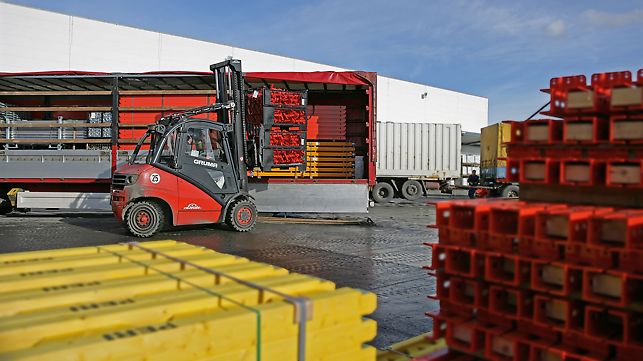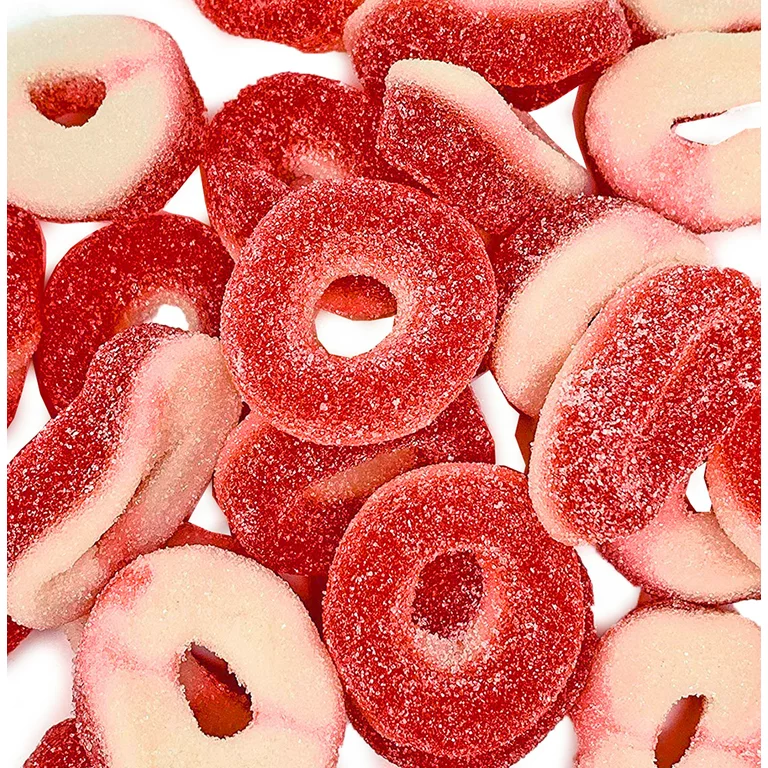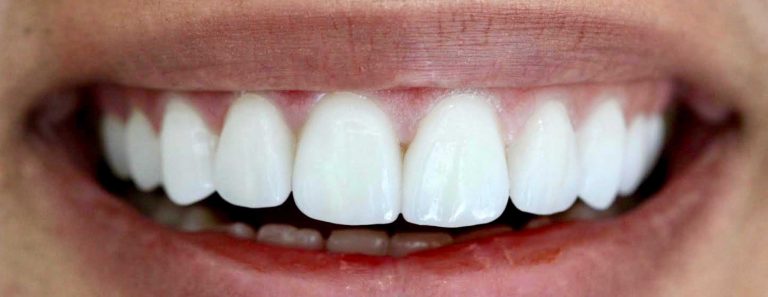You will find a bearing in every production plant on the globe. Modern machinery, machine tools, and manufacturing equipment are all based on the motion and rotation provided by spindles, all of which are dependent on covers.
As the name suggests, ball bearings employ a ball to carry the weight. Due to the single contact point, their load capacity is slightly below the roller bearings. However, ball rollers have the additional virtue of being able to transport both radial and axial loads. This arrangement also benefits from the capacity to handle misalignment. These elements might sometimes be considerably cheaper than other solutions.

While there is still a rolling element, roller rollers are slightly different from guis para cajones pesados ball bearing. Many rollers are utilized instead of several balls aligned as rolling elements. They are usually more load-capable than other variations but not suited for weights perpendicular to the rolling part. Rollers tend to suffer more if misalignment occurs. These variables must therefore be taken into account when choosing a bearing for your own devices or instruments.
While ball-bearing arrangements, comprising balls, cages, and the raceways, are relatively straightforward, roller bearings can assume various shapes. For example, cylindrical rollers are one of the most frequent varieties. For roller and cylindrical roller bearings in general, some of the oldest forms of roller bearing are built and date to 40BC. But time has dealt quite nicely with the core design.
Other types of roller rollers take advantage of different rolling element shapes and forms. For example, although conventional roller bearings only handle radial or axial loads, the tapered roller bearing uses conical rollers to provide the additional advantage to transport both radial and axial loads to the heavy load capacity in other roller bearings. However, this advantage has its range of warnings. Thanks to the conical shape of the conical roller coils, additional friction can often lead to significant loads due to the tendency of the conical roller to operate like a wedge. On the other hand, spherical roller bearings benefit from a spherically shaped outer ring. This permits the spherical roller to manage misalignment adequately while compromising the low friction attained through other rolling-element rolling bearings. There is a drawback to every advantage of a bearing design. And each design meets a particular set of needs for numerous businesses. However, the issue for many is to discover the proper characteristics for their particular equipment.








